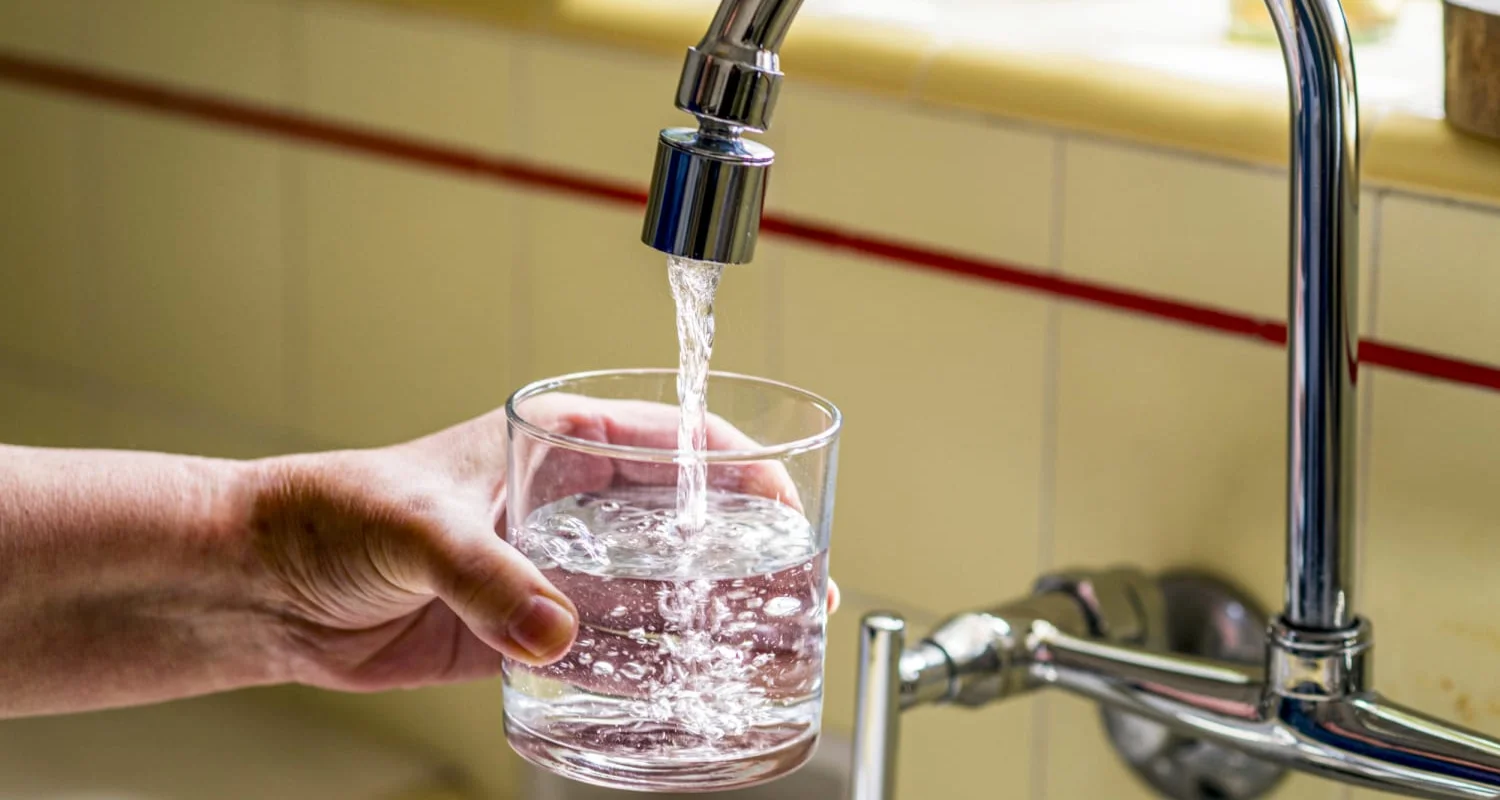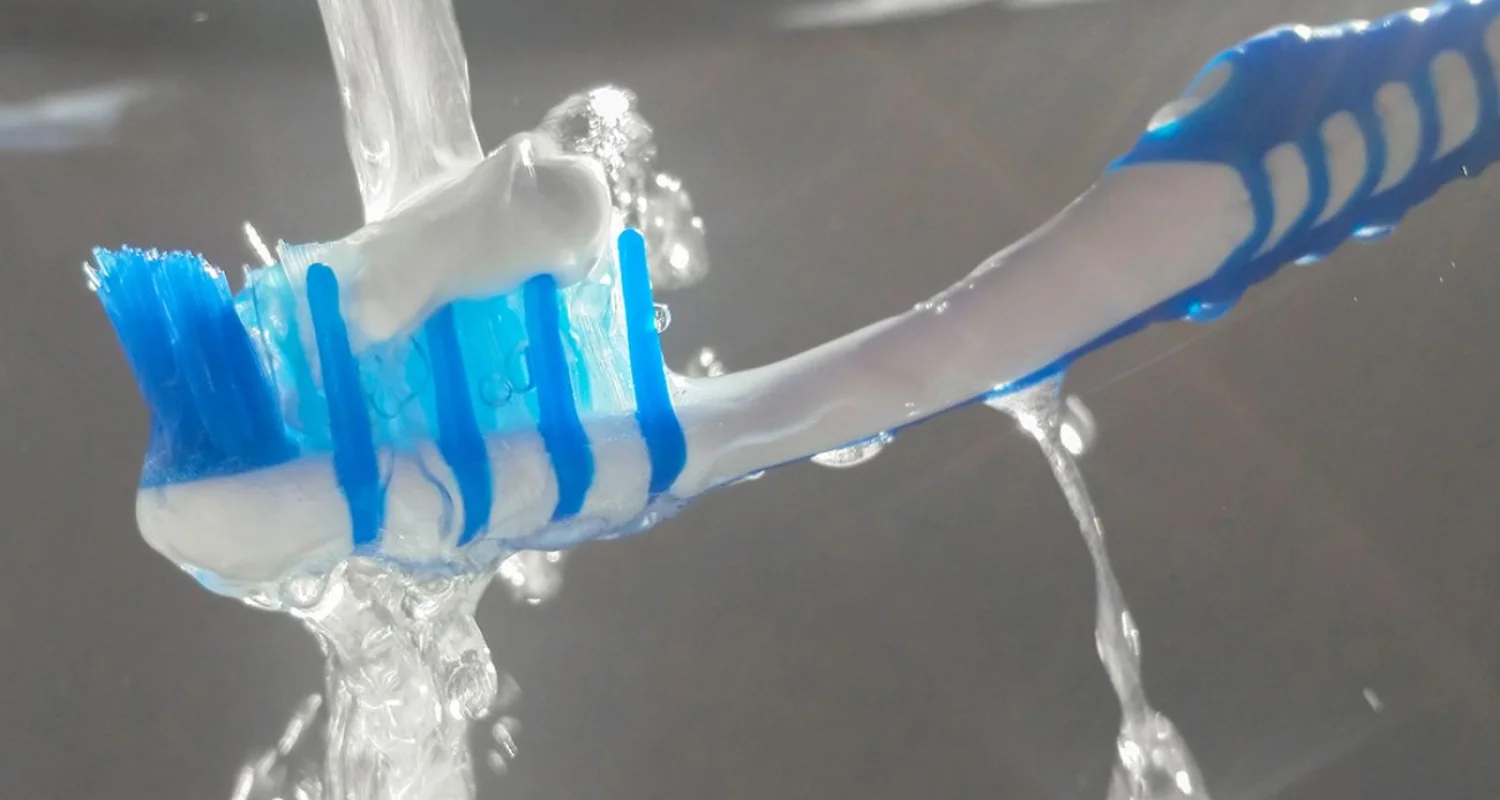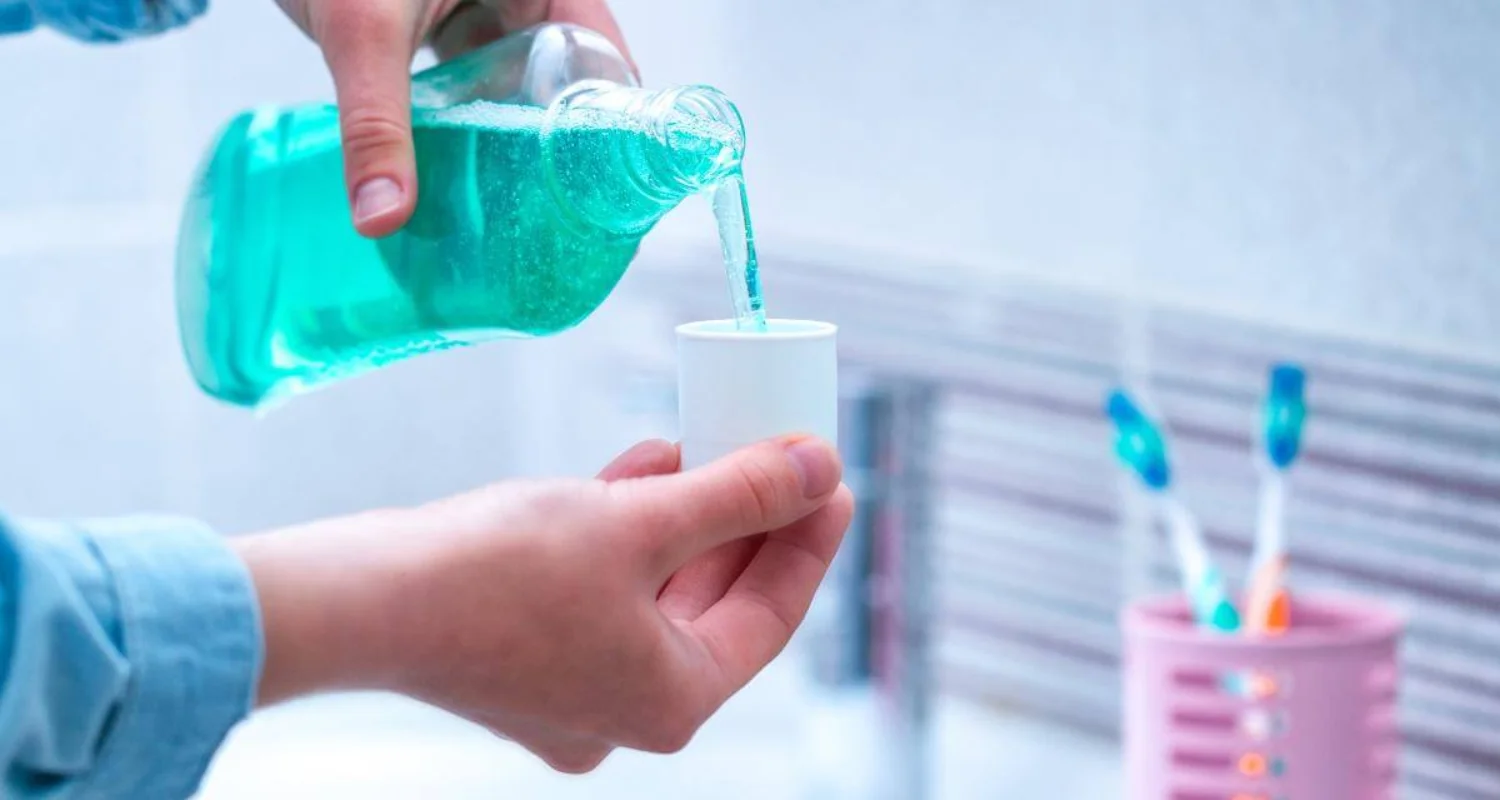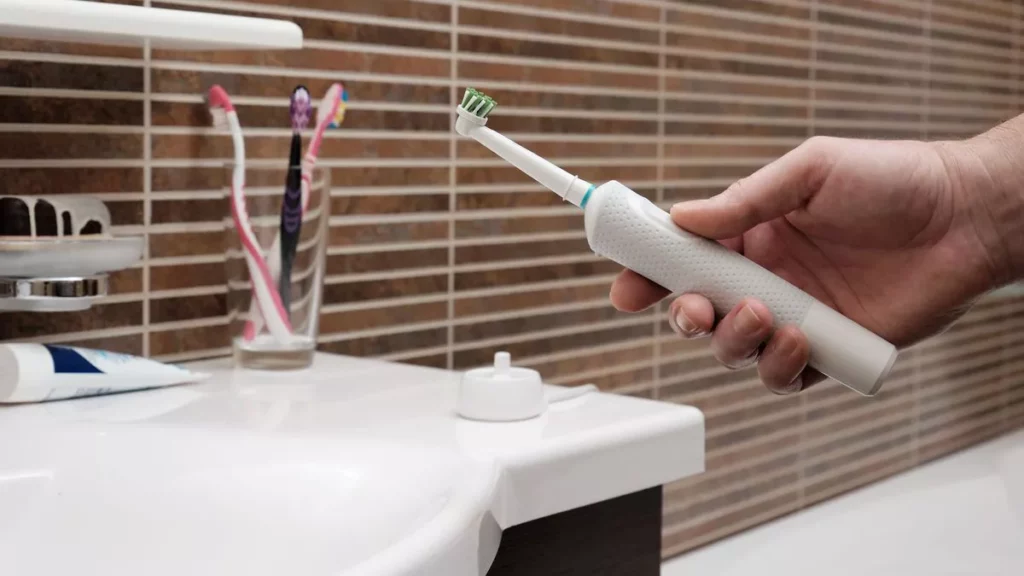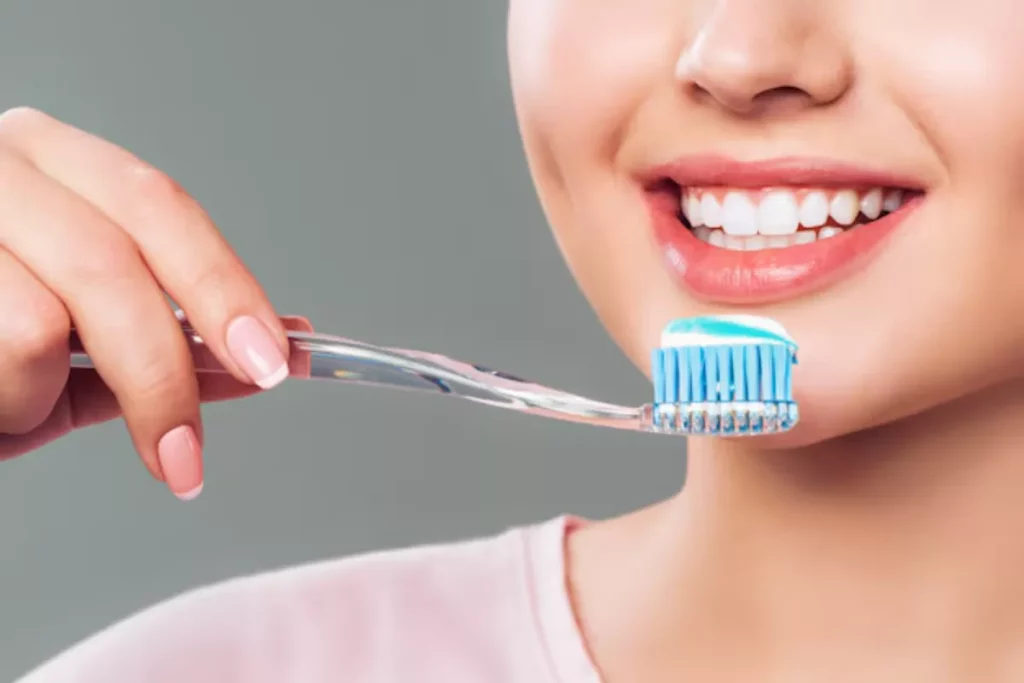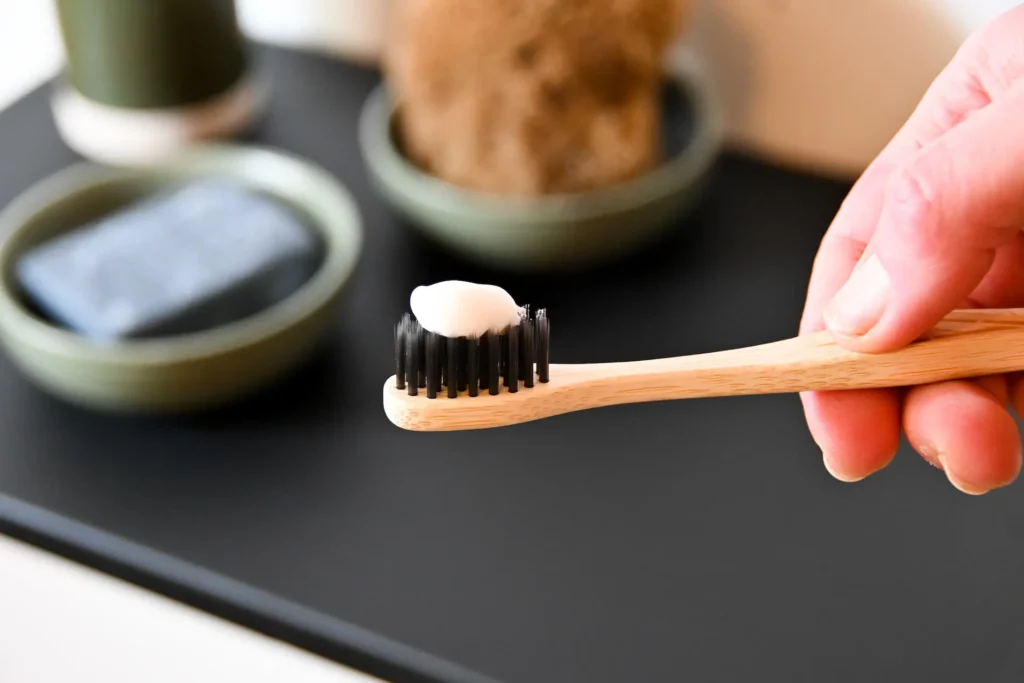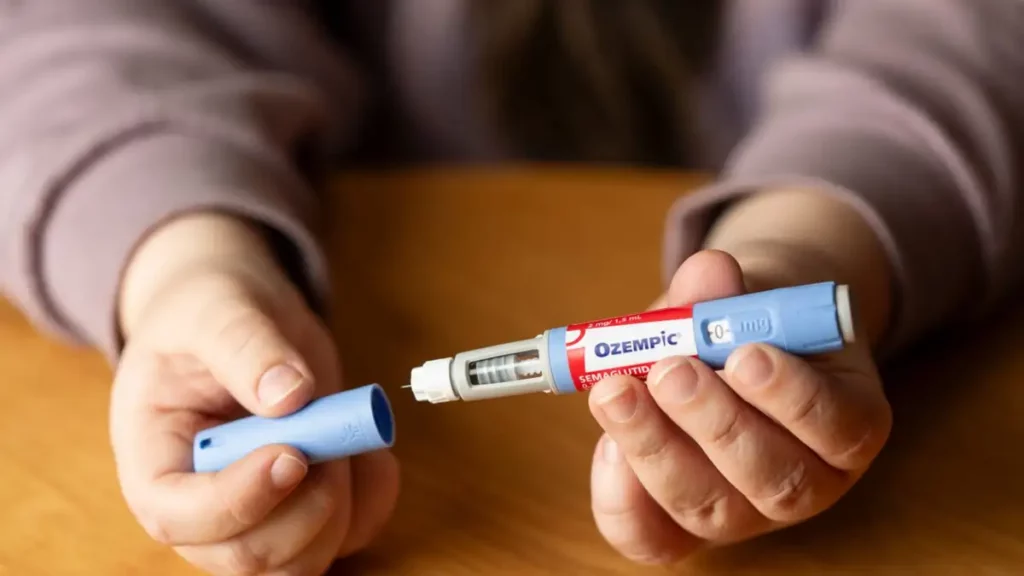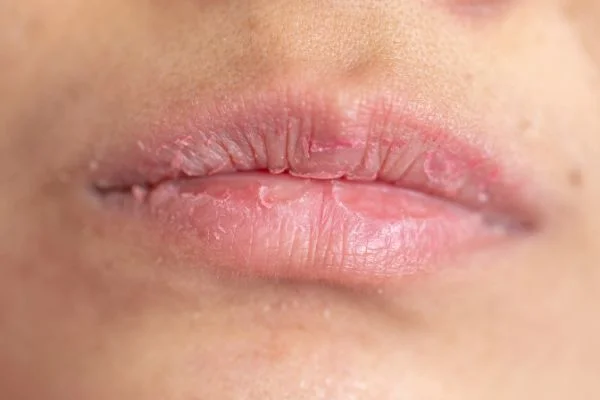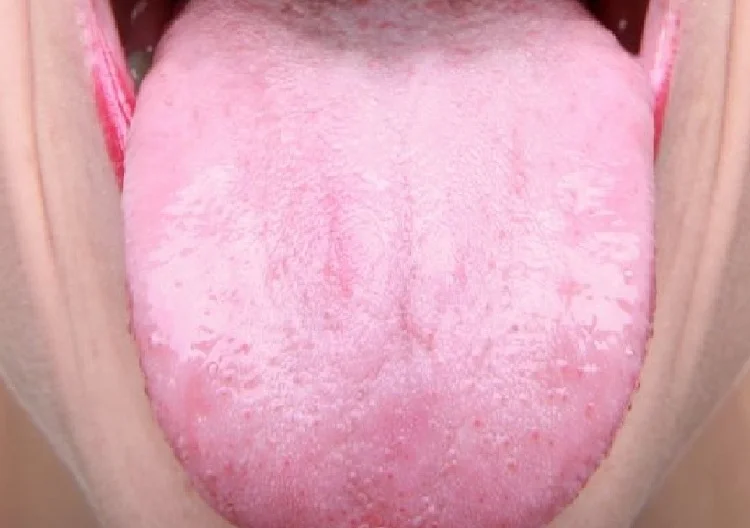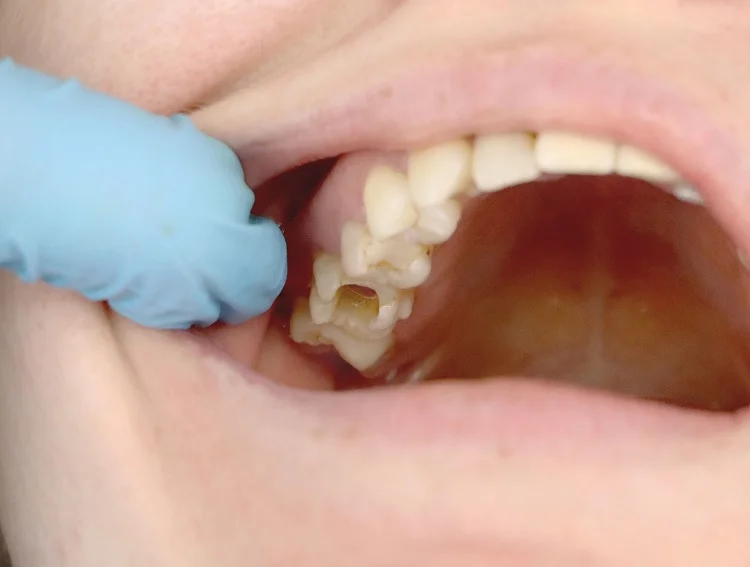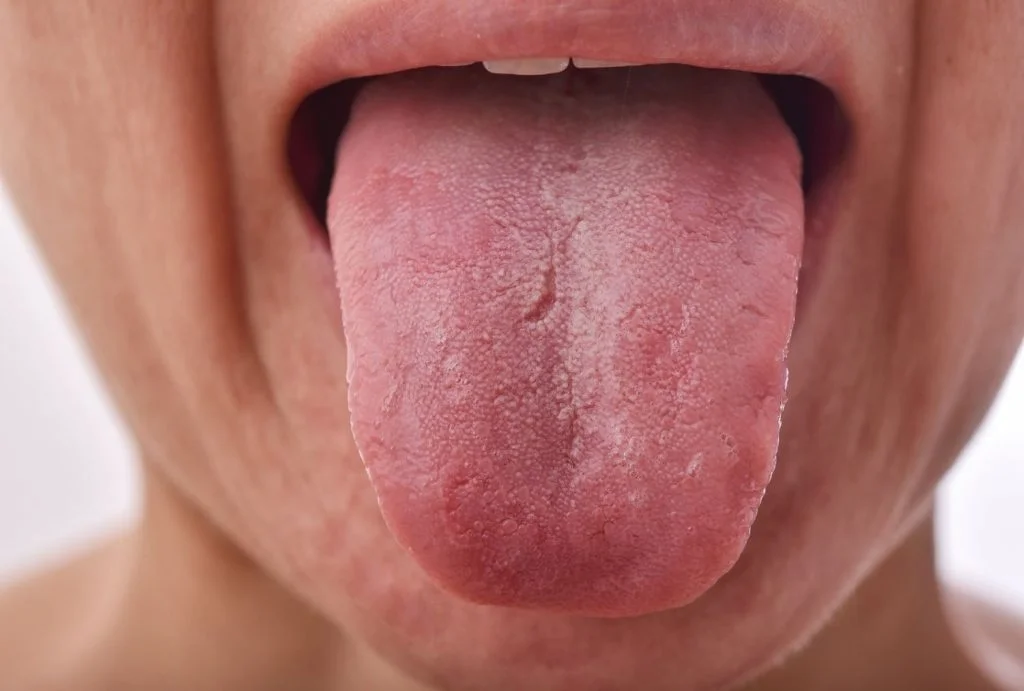Last Updated on: 19th September 2025, 12:35 pm
Fluoride in drinking water has long been a topic of debate, raising the question, “Is fluoride in water bad?” For decades, water fluoridation has been a common public health measure, aimed at reducing tooth decay. Introduced in the mid-20th century, fluoridation involves adding small amounts of fluoride to community water supplies to help strengthen tooth enamel and prevent cavities.
This practice has been endorsed by numerous health organizations, including the World Health Organization (WHO) and the Centers for Disease Control and Prevention (CDC), as a safe and effective way to improve oral health.
Despite its widespread use and proven benefits, water fluoridation has been met with skepticism and controversy. Critics often raise concerns about potential health risks, such as overexposure to fluoride, which they claim could lead to dental fluorosis, bone problems, or even neurological effects. On the other hand, advocates emphasize that fluoridation is carefully regulated to maintain safe levels and that the benefits outweigh the risks. The debate is fueled by misinformation and myths circulating on the Internet, making it difficult for the public to distinguish fact from fiction.
In this article, we will explore the science behind water fluoridation, demystify the common myths, and address the controversy with evidence-based information. By understanding both the benefits and potential risks, we can engage in informed debates about fluoride in drinking water and its role in promoting public health.
What Is Fluoride and Why is it in Drinking Water?
The basics of fluoride
Fluoride is a mineral found naturally in water, soil, and some foods. It is considered a key ingredient in routine oral hygiene products such as toothpaste and mouthwash; it can also be found in some dental flosses. Incorporating fluoride into oral hygiene helps strengthen enamel and fight bacteria that cause cavities.
The purpose of water fluoridation
Water fluoridation began in the 1940s as a public health measure to prevent tooth decay. Studies showed that communities with natural levels of fluoride in their water had lower incidences of cavities, prompting its implementation in public water systems. This process strengthens tooth enamel, making it more resistant to acids and bacteria that cause cavities, especially benefiting children and populations with limited access to dental care.
The Wisconsin Department of Health Services has been a key advocate of this practice, promoting fluoridation as a safe, equitable and effective way to improve oral health throughout the community.
The Benefits of Fluoride in Drinking Water: is fluoride in water bad?
The main function or benefit of fluoride is the prevention of tooth decay. It strengthens tooth enamel, making it more resistant to demineralization caused by the acids found in the oral cavity.
Studies have shown that community water fluoridation reduces the incidence of tooth decay in children and adults by at least 25% throughout their lives.
Various health organizations support water fluoridation as an effective public health measure. The Centers for Disease Control and Prevention (CDC) consider it one of the main public health interventions of the 20th century. Likewise, the American Dental Association (ADA) and the World Health Organization (WHO) support this practice due to its benefits in preventing dental diseases.
Is Fluoride in Water Bad? Exploring the Risks
Potential health concerns
One of the main problems associated with fluoride in water is dental fluorosis which occurs when children are exposed to excess fluoride during tooth development. Although it is usually mild cosmetically, severe cases can lead to discoloration or pitting of the enamel.
Another topic of current debate is the possible relationship between fluoride exposure and neurodevelopmental effects. The National Toxicology Program (NTP) has reviewed studies investigating this relationship; the results suggest that excessive exposure to fluoride in certain contexts could influence cognitive development, but these risks remain debated in the scientific community. Although fluoride has clear dental benefits, these concerns highlight the importance of maintaining safe and regulated levels of fluoride in drinking water.
Fluoride Levels and Safety Regulations
Recommended fluoride levels
The U.S. Environmental Protection Agency (EPA) regulates fluoride levels in drinking water, setting a maximum contaminant limit (MCL) of 4.0 milligrams per liter (mg/L) to prevent adverse health effects such as skeletal fluorosis. Additionally, the Centers for Disease Control and Prevention (CDC) and the Department of Health and Human Services (HHS) recommend an optimal fluoride level in water of 0.7 mg/L to maximize prevention of tooth decay while minimizing the risk of mild dental fluorosis.
These levels are regularly monitored by municipal water systems through frequent testing to ensure compliance with regulations and maintain public safety. Water fluoridation continues to be adjusted to ensure it remains within recommended levels in order to protect public health. For more information on how fluoride levels are controlled, the World Health Organization details global strategies for monitoring and adjusting fluoridation in drinking water.
Ensuring safe fluoridation
Water companies follow strict protocols to ensure that fluoride levels in drinking water remain safe and within recommended limits. Here are some of the key processes:
1. Constant monitoring: Municipal water systems conduct frequent testing to measure fluoride levels. This monitoring ensures that concentrations are within the optimal level of 0.7 mg/L, as recommended by the Department of Health and Human Services (HHS) to prevent cavities and minimize the risk of dental fluorosis.
2. Region-specific adjustments: Fluoride levels in local water supplies are adjusted based on regional needs. For example, in areas where fluoride occurs naturally in higher concentrations, water companies implement reduction processes, such as dilution or chemical treatment, to ensure that levels do not exceed the EPA’s maximum limit of 4.0 mg/L.
3. Use of advanced technologies: Operators use specialized equipment, such as automatic fluoride dispensers, to apply precise, controlled amounts of fluoride to the water supply.
4. Regulatory oversight: State and local health departments work with the EPA to regularly inspect water systems to ensure they meet safety regulations.
Alternatives to Water Fluoridation: Is Fluoride in Water Bad?
Other sources of fluoride
One of the most effective ways to prevent cavities is to fluoridate water in communities, but we must not forget that there are other sources that consist of applying fluoride in other ways and perform a similar function, such as the following:
1. Fluoride toothpaste
a. Effectiveness: The use of fluoride toothpaste is quite effective in helping to strengthen enamel and thus prevent the formation of cavities. Studies supported by the American Dental Association (ADA) show that regular use of fluoride toothpaste significantly reduces the risk of cavities. Here are some great options of fluoride toothpaste.
b. Limitation: Its impact depends on consistent and adequate use, which can vary between people. In addition, it does not benefit those people who cannot access a complete oral health routine.
2. Professional fluoride treatments
a. Effectiveness: Dental professionals in their office can apply gels, varnishes or prescribe fluoride rinses in higher concentrations than those that can be used daily. These treatments are particularly useful for people at high risk for tooth decay.
b. Limitation: Their application is limited to dental practices, which implies an additional cost and the need for regular visits to the dentist.
3. Fluoride mouthwashes
a. Effectiveness: Fluoride mouthwashes are an easy alternative to incorporate into daily routines, helping to remineralize enamel and prevent tooth decay. In this link you can get fluoride mouthwash.
b. Limitation: They are not as accessible as fluoridated water and require supervision to ensure their proper use in children.
4. Comparison with water fluoridation
a. Water fluoridation remains the most equitable and accessible method for preventing tooth decay in entire communities. Unlike alternatives, which depend on access to specific products or dental services, fluoridated water benefits the entire population, regardless of age, socioeconomic status, or individual habits.
Natural Ways to Support Dental Health
As we already know, water fluoridation is one of the most effective measures to prevent tooth decay, but there are natural ways that can complement oral health or serve as alternatives for those looking for different options:
1. Follow a balanced diet to strengthen teeth
● Foods rich in calcium: Eating dairy products such as milk, cheese and yogurt helps strengthen tooth enamel and maintain strong bones and teeth.
● Crunchy fruits and vegetables: Foods such as carrots, apples and celery stimulate the production of saliva, which helps clean teeth and neutralize acids that cause cavities.
● Essential vitamins:
-Vitamin D, present in foods such as fatty fish (salmon, tuna) and moderate exposure to the sun, improves calcium absorption.
-Vitamin C, found in citrus fruits, strawberries and peppers, contributes to gum health by strengthening connective tissues.
-Avoid sugars and refined carbohydrates: Reducing the consumption of soft drinks, candy and processed snacks minimizes the risk of cavities.
2. Effective oral hygiene practices
● Regular brushing: Brushing your teeth twice a day with a fluoride toothpaste is still essential, but for those looking for alternatives, natural toothpastes with ingredients like xylitol also offer benefits.
● Flossing: Removing plaque and debris between teeth is critical to preventing bacteria buildup and gum inflammation. Check out the best floss here.
● Rinsing with salt water or natural oils: Homemade mouthwash with warm water and salt can help reduce bacteria. Oil pulling with coconut oil is also popular as an alternative hygiene practice.
3. Hydration and saliva as a natural defense
● Drinking enough water throughout the day encourages saliva production, which is one of the best natural defenses against tooth decay, as it cleans teeth and neutralizes acids.
The question of whether fluoride in water is bad cannot be answered without considering both the benefits and the risks. Water fluoridation has long been recognized as a highly effective and equitable public health measure, significantly reducing cavities across all communities. However, issues such as dental fluorosis and debates about long-term health impacts highlight the need for continued monitoring and regulation.
For those seeking alternatives, options such as fluoridated toothpaste, professional treatments, and maintaining a balanced diet can contribute to dental health, but none match the broad accessibility and community-wide benefits of water fluoridation.
Ultimately, the key to making informed decisions lies in understanding the science, consulting dental professionals, and relying on credible sources of information. Prioritizing safe practices ensures that everyone can maintain strong, healthy smiles while avoiding potential risks.
Frequently Asked Questions
Is fluoride a good or bad ingredient in water?
Fluoride is a beneficial ingredient in water when added at regulated levels. It strengthens tooth enamel and prevents cavities, making it a proven public health measure. However, excessive exposure can lead to issues like dental fluorosis, which is why maintaining safe fluoride levels is essential.
What are the benefits of fluoride in drinking water?
Fluoridated water reduces cavities by at least 25% over a lifetime. It is endorsed by organizations like the CDC, ADA, and WHO for its safety and effectiveness in promoting oral health, especially in communities with limited access to dental care.
What are the risks associated with fluoride in water?
Excessive fluoride exposure can lead to dental fluorosis, characterized by discoloration or pitting of teeth. Studies suggest potential links to neurological effects at high doses, but these remain under scientific debate.
Are there alternatives to water fluoridation for preventing cavities?
Yes, alternatives include fluoride toothpaste, professional fluoride treatments, and fluoride mouthwash. These methods are effective for individuals but do not provide the widespread benefits of water fluoridation for entire communities.
How are fluoride levels in water regulated?
Fluoride levels in water are regulated by the EPA, with a maximum limit of 4.0 mg/L to avoid adverse effects. The CDC recommends an optimal level of 0.7 mg/L to maximize cavity prevention while minimizing risks like dental fluorosis. Water systems are regularly monitored to ensure compliance with these standards.
Share
References
1. About community water fluoridation. (2024, 15 mayo). Community Water Fluoridation. https://www.cdc.gov/fluoridation/about/index.html
2. About dental fluorosis. (2024, 15 mayo). Oral Health. https://www.cdc.gov/oral-health/about/about-dental-fluorosis.html?CDC_AAref_Val=https://www.cdc.gov/fluoridation/faqs/dental_fluorosis/index.htm
3. ADA Media Relations. (s. f.). Community Water Fluoridation at Recommended Levels Reduces Tooth Decay. American Dental Association. https://www.ada.org/about/press-releases/community-water-fluoridation-at-recommended-levels-reduces-tooth-decay
4. Fluoride Exposure: Neurodevelopment and Cognition. (2025, 6 January). National Toxicology Program. https://ntp.niehs.nih.gov/whatwestudy/assessments/noncancer/completed/fluoride
5. Fluoride: Topical and Systemic Supplements. (s. f.). American Dental Association. https://www.ada.org/resources/ada-library/oral-health-topics/fluoride-topical-and-systemic-supplements
6. Miller, N. S. (2025, 9 January). Here are the answers to 15 common questions about fluoride in drinking water. The Journalist’s Resource. https://journalistsresource.org/home/here-are-the-answers-to-15-common-questions-about-fluoride-in-drinking-water/
7. Oral Health Program: Fluoride and Community Water Fluoridation. (2025, 10 January). Wisconsin Department Of Health Services. https://www.dhs.wisconsin.gov/oral-health/fluoride-community-water-fluoridation.htm Water, Sanitation, Hygiene and Health (WSH). (2006, 2 November). Fluoride in drinking-water. https://www.who.int/publications/i/item/9241563192
-
Dr. Yeidy Carolina Mesa [Medical Reviewer]
DDS Yeidy Carolina Mesa Passionate Dentist | Advocate for Accessible Oral Health Education Graduating from Universidad CES in 2022, I am a dedicated general dentist with a lifelong passion for helping others and making a meaningful impact in the world. My journey into dentistry began at the age of 7, inspired by my own experience with braces and overcoming a fear of the dentist. This personal journey shaped my mission to help patients conquer their own dental anxieties and embrace a healthier,...
View all posts



